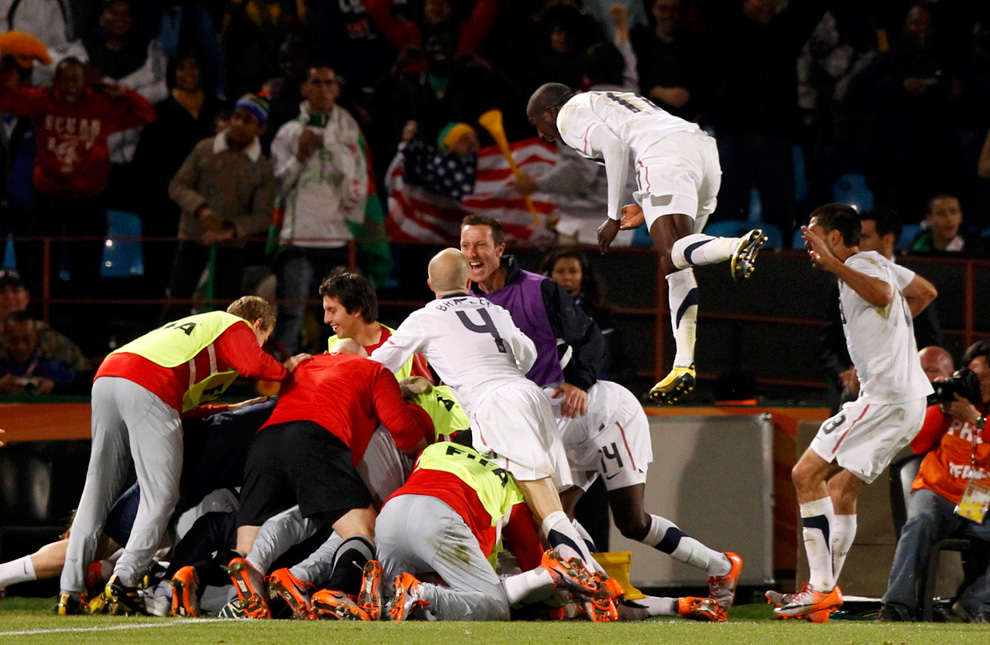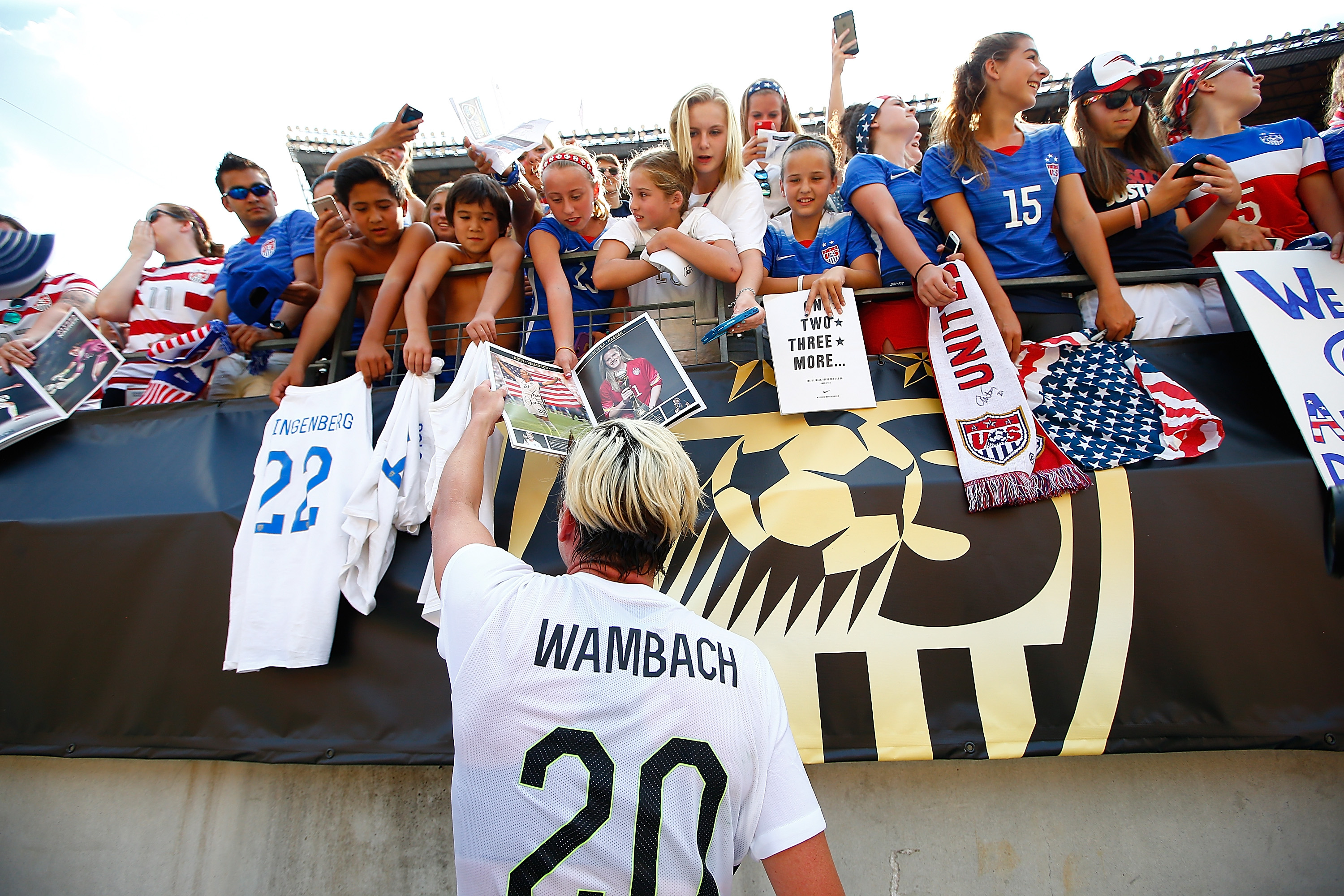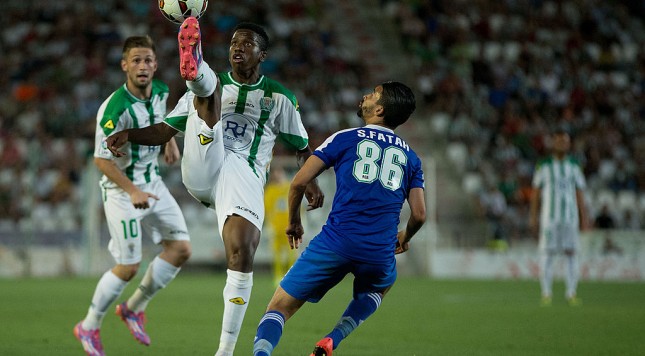On May 6, the footballing world lost a brother in Dinamo Bucharest and Cameroon midfielder Patrick Ekeng, when in the 70th minute of a televised Romanian league match between Dinamo and Viitorul he collapsed on the pitch. He was pronounced dead two hours later in a hospital of a suspected heart attack. Less than 24 hours after Ekeng passed away, a second player from Brazil — Bernardo Riberio — also fell ill in a friendly match and died of a suspected heart attack.
Sadly, this is a common occurrence in world football as many players have died after collapsing on the pitch due to cardiac arrest. Twenty-four football players from all over the world, from Italy to Indonesia, have died from cardiac failures in the past five years alone.
This high number of player deaths due to cardiac arrest has people asking for more to be done about this situation, such as having defibrillators at every professional soccer pitch and more extensive health tests to be performed on players before they join a club.
In 2012, Fabrice Muamba collapsed in a televised FA Cup match when his Bolton Wanderers took on Tottenham Hotspur. The whole world watched aghast as the medical staff on hand used a defibrillator to help save Muamba’s life after his heart stopped. Luckily, Muamba is able to tell his tale, but it leads many to wonder, how many lives can be saved if clubs were to invest in defibrillators, extensive testing for cardiac problems and on-site ambulance staff?
The emergency staff at the Dinamo Stadium has come under fire by Ekeng’s agent as he was quoted saying that there were three ambulances at the ready, but none had a defibrillator and that they arrived three minutes late. Also, the doctor that treated Ekeng said that he started the process for a patient under cardiac arrest “a bit late,” and that has added to the possibility that Ekeng could have been revived, much like Muamba was.
But who’s responsibility is it to have such technologies to prevent tragedies like this? Should the club finance everything? Should the federations and associations help in some respect?
AFAN (the Romanian Player’s Association) President Emilian Hulubei had some insight on the situation. Hulubei told the BBC, “It would have cost as little as 400 euros per club per match to have state-of-the-art equipment available but the plan was not adopted.” To put this into perspective, 400 euros is roughly about $456 and this may seem like a nominal fee, but the several Romanian teams have not paid some of their players for their performances that extend as far back as three years ago. So to put this burden on the host team would be wishful thinking.
The federations and FIFA as a whole need to step up and pitch in for some of the less affluent FAs to have access to these technologies that might end up saving a player’s life. With FIFA and some of the richer federations turning record profits, it is criminal to let players and clubs continue to be denied access to defibrillators or fast access to medical attention.
Also, since the number of on-field player cardiac arrest-related deaths are so high, it might be time to rethink the process of testing players’ health. Because most of these players were considered “healthy” when they died, it comes as more of a shock to everyone to think that a fit football player could die so suddenly. However, most of these players had an undiagnosed heart problem that went undetected until their autopsies.
Health screenings need to include extensive heart monitoring tests to see if a player has a previously undiagnosed heart condition. It might break a few footballing dreams in the process, but giving up on a footballing career is a small sacrifice compared to living a long life. This would be another investment that the federations and FIFA should put capital in as it can potentially save lives of their employees.
It is naïve to think that every player that suffers cardiac arrest on the pitch can be saved, because realistically every player that falls ill while playing might not be able to be saved. But with preventative measures and adequate equipment and care, lives of players can be saved. Because who knows? Maybe Patrick Ekeng could have been the next Fabrice Muamba story, instead of another grim statistic in the annals of football history.






